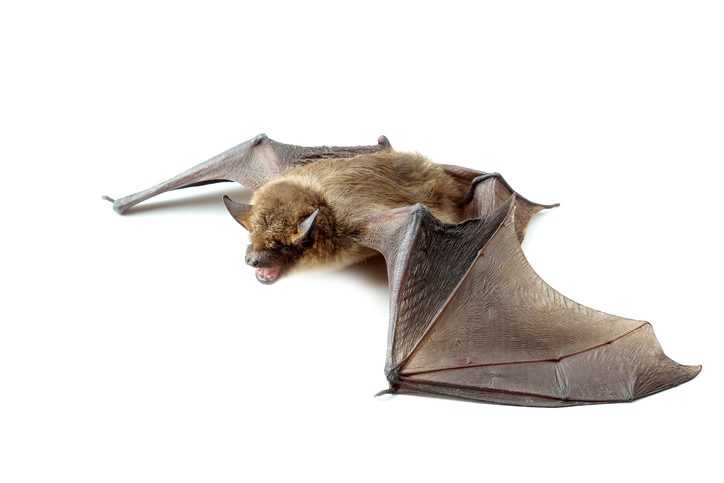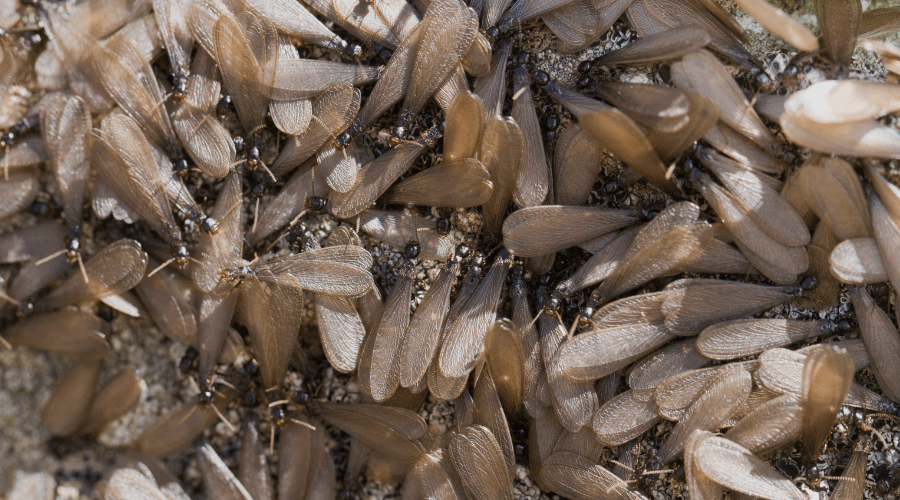Bats
Brown Bat (Myotis lucifugus)

Treatments for this pest are included in these services:
Bats
The United States is home to many interesting mammals. From rodents and raccoons to the more unique opossums, we share communities with a wide range of wildlife. And though many of our native mammals tend to stay out of the way, there is one in particular that can be damaging and dangerous to property owners: bats.
From fungi-filled droppings to rabies-ridden bites, bats aren’t the critter you want hanging around your home or business. That’s why PURCOR is at the ready to help ward off bats. No matter if you have a one-time bat problem or regular infestations, our team of bat control experts can solve your home’s bat infestation and prevent them from coming back.
Bat Characteristics
Bats are the only mammals that are able to fly naturally. Their average wingspan is less than 7 inches; however, some bats can have a wingspan that exceeds 5 feet! These mammals fly at an average speed of 15 miles per hour, and they can reach a height of 10,000 feet. A recent study showed that certain bats—such as the Mexican free-tailed bat—have the ability to travel 250 miles in one night.
Contrary to popular belief, bats do not have night vision, but they are able to catch and consume flying insects utilizing echolocation, or the use of sound waves and echoes to determine where objects are in space. Bats share this ability with several other types of mammals, like whales and dolphins.
Bat Problems and Risks
Bat droppings sometimes contain fungi that may cause histoplasmosis, which is a disease that can affect the lungs. Many bats may also carry rabies, and more than 90% of people who have contracted rabies in the United States were bitten by a bat.
Bats have especially tiny teeth, and when they bite a human, the individual will usually experience tingling. An extensive analysis showed that approximately 65% of patients who have been bitten by a bat did not realize that they had come into contact with the animal.
Analyzing the Impact of Bats
Bats indirectly protect crops and other plants by tremendously reducing the number of insects that are present. During the summer months, the amount of bats in the state drops substantially because many of the animals migrate to the northern regions of the United States in the spring.
Consequently, some states, such as Florida, have laws that only allow certified pest control experts to perform bat exclusion in buildings between certain months of the year.
Bat Prevention and Exclusion
Bats prefer to use entry points in buildings (typically through structural voids) that are positioned at least 8 feet from the ground. In order to deter these mammals from crawling into a house or business, PURCOR can secure any loose trim, add sealants to cracks in walls, and install large netting on a damaged roof.
If bats have infested your home or building, our bat control professionals will thoroughly inspect your structure to locate any possible entrances. These mammals commonly crawl through chimneys, fans, vents, gaps in the roof, and crevices next to windows.
Once openings have been identified, our team will install thick weatherstrips, screens, and durable cloth over problematic areas. Thankfully, unlike rodents, bats will not typically chew through materials in order to reach a home’s interior.
Call PURCOR for Bat Control
Although bats are beneficial to crops and plants, they can be dangerous if they set up shop in your home or business. Rather than letting these winged mammals hang out around your property, turn to the pest control experts at PURCOR.
With professional bat prevention and exclusion, you can rest assured your building is protected against these late-night invaders. Contact PURCOR today for a free quote, or to schedule your bat control appointment!


